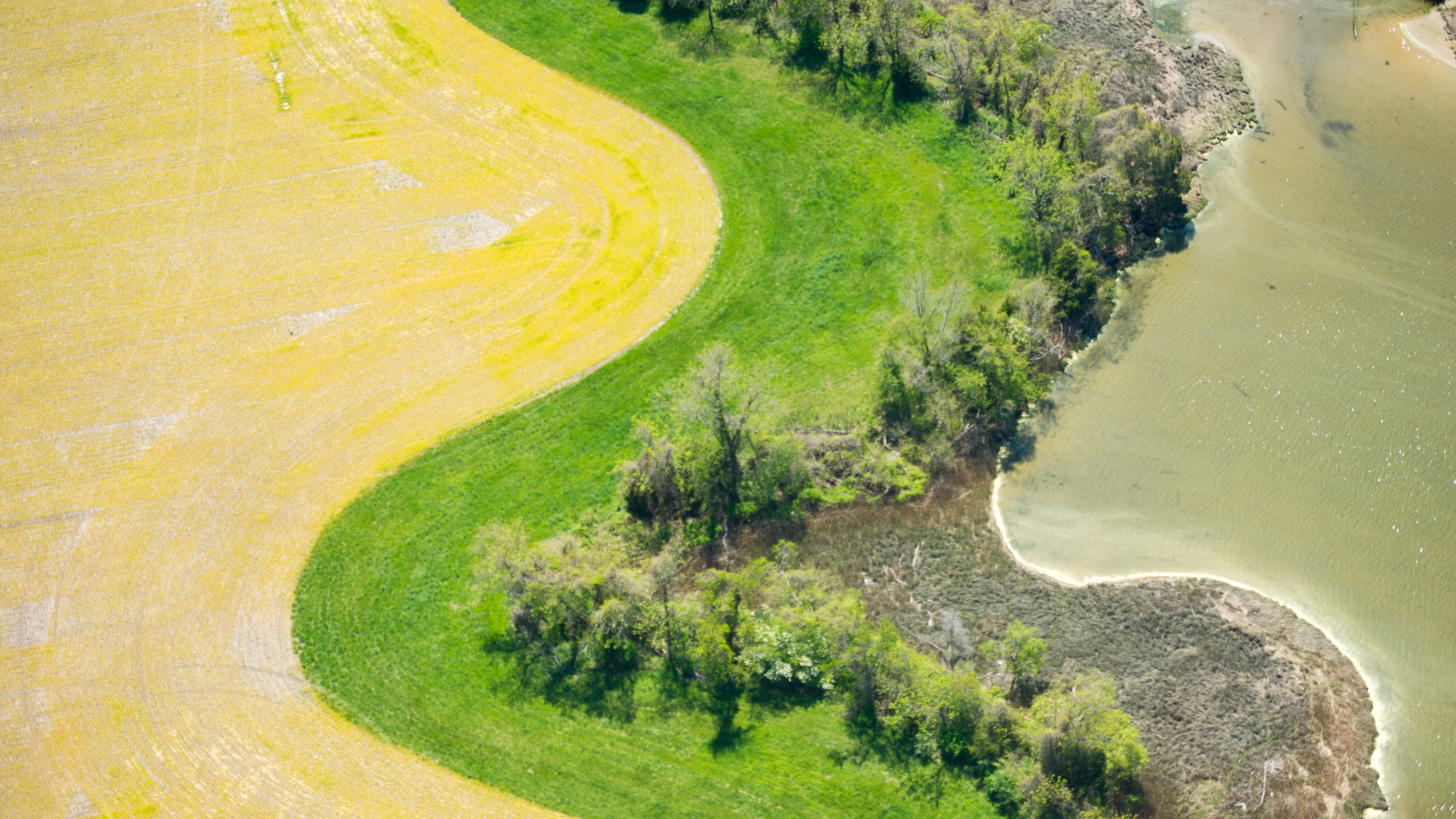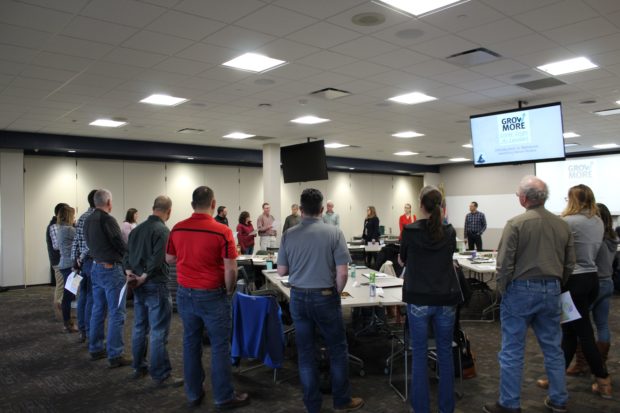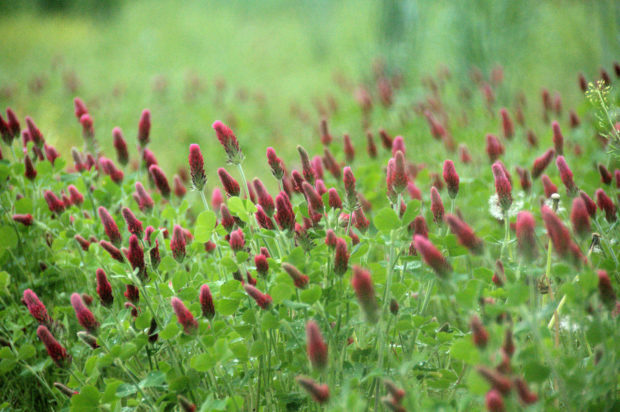We have much more to do and your continued support is needed now more than ever.
Growing A Sustainable Future for Agriculture

Agriculture is inextricably tied to the future of people and wildlife. Working lands – the farms, ranches, and forests that we depend on for food and fiber – make up over half of the land area of the United States (USDA ERS). While agriculture can contribute to soil and biodiversity loss, nutrient loading in water, and greenhouse gas emissions, farming is not inherently at odds with the environment.
By diversifying crops, reducing tillage, planting cover crops and habitat buffers, and better managing grazing, farmers can reverse these negative impacts to build a more sustainable and resilient farm and food system.
National Wildlife Federation, with a mission to unite all Americans in conservation, recognizes that farmers and ranchers who steward our working lands have a critical role to play in our fight to slow climate change, provide clean water to all Americans, and ensure wildlife thrive.
Despite well-demonstrated benefits, these conservation practices are not being adopted fast enough to curb pressing threats faced by agriculture and the environment. Cover crops, for instance, are currently only used on 5% of farmland nationwide (USDA 2017). Agriculture and natural resource professionals who work closely with farmers face the daunting task of changing deeply embedded practices and beliefs. They hold workshops, field days and connect farmers to financial incentives to adopt more sustainable management systems.
Grow More: An Innovative Approach to Outreach
“Field days are a vital form of outreach,” says Jessica Espenshade, National Wildlife Federation’s Sustainable Agriculture Program Manager, “But traditional field days that focus on Best Management Practice installation or general information tend to appeal to the innovator or conservation-minded farmer. Therefore, the same people show up again and again. Field days need to be redesigned to reach beyond the choir.”

A focus on providing as much information as possible about the benefits and economics of conservation has missed deeper psychological and social barriers to these practices becoming mainstream.
Dr. Adam Reimer, National Wildlife Federation Conservation Outreach Specialist, knows that new messages are needed. “Decades of social science research emphasizes how different farmers are—in their experiences, values, attitudes, and goals. So, we need a range of strategies and messages to promote conservation to different farmer audiences.”
That’s where National Wildlife Federation’s Grow More training fits in. Grow More equips agriculture outreach staff with knowledge and resources to understand and leverage the specific motivations of farmers that have been previously difficult to reach.
“The Grow More training was developed through years of literature review, on the ground research, and the collaboration of dozens of farmers and outreach professionals across the country”, explains Espenshade, “We wanted to make sure this training was based in relevant science, but also directly applicable on the ground.”

In two days, participants learn how attitudes and social norms influence farmer decision-making, practice effective messaging for conservation outreach, and receive guidance and peer feedback on their efforts. Jeremy Weaver, a project manager for consulting firm Team Ag in southern Pennsylvania, attended a Grow More workshop in 2019.
“I frequently reference the materials discussed at that training – it was the most productive training I was at in my career,” says Weaver. “I take the most from framing questions – words to say, words not to say. I use that in my everyday discussions with landowners. Talking about legacy farming – a new concept to me – that’s always well received at a farm. Having people think about their legacy and what they are doing – decisions they are making today and how that will influence family members down the road.”
Grow More is highly sought after across the Midwest, with over six-hundred outreach professionals trained since its 2018 inception. Reimer, who leads research to evaluate Grow More’s impact, is seeing results.
“We’ve observed that this training is increasing conservation professionals’ ability to identify different audiences, understand their motivations, and feel confident in crafting effective outreach and communication strategies.”

Across the country, farmers and conservationists are paying attention to what works. The underlying principles apply to any situation that calls for a new approach to changing people’s attitudes and actions – across agriculture and beyond. Grow More is expanding, including a series of trainings next year in the north-central US where the row crop systems of the Midwest interface with the grazing lands of the Great Plains to pose a unique set of challenges and conservation opportunities.
National Wildlife Federation is committed to supporting farmer engagement at the local level through Grow More and other outreach programs. With innovative outreach tools based on the latest social science, we can grow more sustainable food, grow healthier soils and more resilient farm operations, and grow more leaders that inspire lasting change on the agriculture landscape.
Visit our website to learn more, find a training near you, and utilize our resources.





















